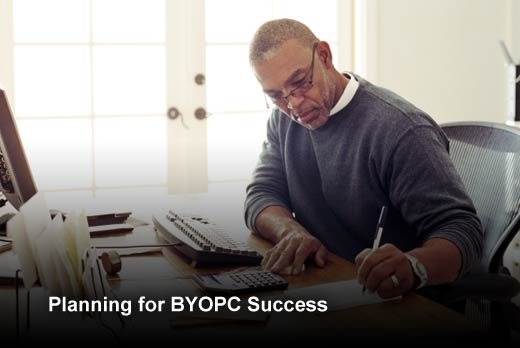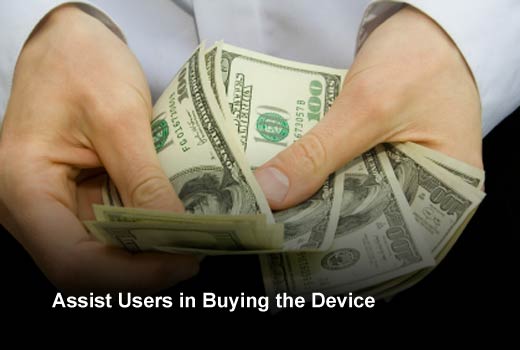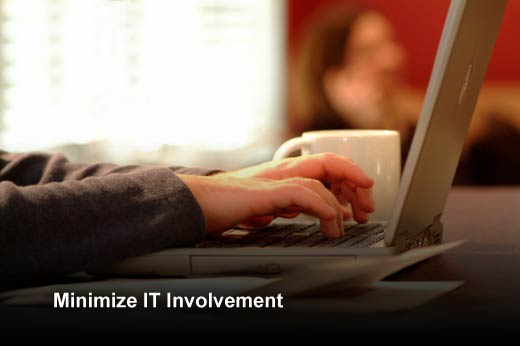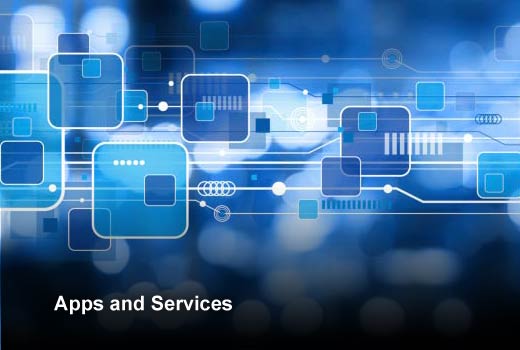The advent of bring your own device (BYOD) has brought about a revolution in the way employees access corporate resources, namely via their smartphones and tablets. And, although initially resisted by IT departments, many organizations now have a policy in place and allow employees to use their own smart devices for work. Enterprises, however, are no longer focusing only on BYOD, but instead have broadened their responsibility to encompass the bring-your-own-PC (BYOPC) movement.
As BYOPC evolves and takes hold, IT departments must decide whether the current technology offerings in the market are reliable and secure enough to protect corporate data. To do so, organizations need to establish a solid plan for dealing with BYOPC. In this slideshow, 1E outlines steps organizations should take to develop a successful BYOPC program.
Planning for BYOPC Success
Click through for five steps organizations should consider when establishing a BYOPC program, as identified by 1E.
Engage End Users
Engage and work with end users to understand what they need and how they work. A BYOPC policy is only relevant if the end users are engaged and involved, as it is likely that they are already finding innovative ways to access content from their own devices, whether those devices are smartphones, tablets or PCs. Corporate IT needs to form a partnership with the workforce to ensure that service adoption and usage remains high, with appropriate feedback to help improve all IT services, BYOPC being a significant focus. This closeness will help ensure that the BYOPC program is successful as the workforce is involved in both the setup and ongoing concerns.
Assist Users in Buying the Device
Provide a subsidy to assist users in buying their own device and engage with them to help them make the right personal choice. This will boost morale within the workforce and encourage users to purchase the device of their choice for work. Also plan to reimburse employees for a percentage of their data usage at home, while travelling, or while working outside the office.
Companies that do not subsidize the PC or Mac may find that users treat the device less like a work tool, and may begrudge any policies relating to the use of the PC for work. However, don’t write blank checks and pay for the entire device. One of the goals of a BYOPC program is to save money and this won’t happen if the organization is too generous. Provide guidance and help employees avoid spending their money unnecessarily, for instance when a mid-range PC or Mac would have been suitable for their needs.
Establish BYOPC Policies
Establish policies for the use of BYOPC. For example, limit the number of PCs and other devices an employee can use for work. Take into account the home computer, the notebook and a tablet. Generally, three devices is the correct number for each employee, although it is not unheard of for an employee to use four devices. It is important to remember that each copy of Windows and the other applications on the PC will need to be licensed. Without those all-important policies in place, the software license liability for the organization can skyrocket. And remember… Establish and socialize the policies before launching a BYOPC program.
Minimize IT Involvement
Minimize IT involvement with hardware. Organizations should consider using a client-hosted virtual desktop that runs alongside the user’s own operating system and apps. This way, IT can concentrate on ensuring that the user has the tools and connectivity they need to work and access the company’s network, while the user carries primary responsibility for hardware care and maintenance. However, IT staff should still be available for advice and to answer questions, on both PC and Mac/OS X systems.
Apps and Services
Think about the applications and services a user will need for work and make sure they are available. By providing the applications and services a user needs, the experience of using their own PC will be frictionless. From printing to AD group membership, consider where they may need help along the way.
If using a client-hosted virtual desktop, lock the user rights down so that only apps from the company can be installed in the virtual PC, and make sure that these applications can be patched and updated in the same way as on physical PCs. With a client-hosted virtual desktop, and IT approval, users can choose to install what they like on their own PCs or Macs without affecting the licensing standpoint, security and stability of the corporate virtual PC. However, users should be aware of the dangers/legal implications of certain applications for their own and ultimately the company’s benefit. Make sure to educate them as you ramp up the BYOPC program.








